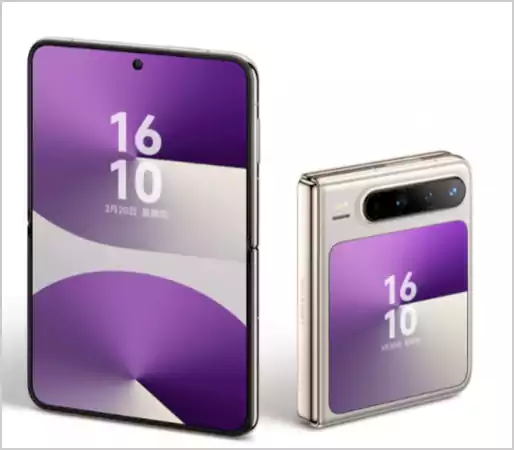
Huawei launched the Pura X- the folding smartphone as its inaugural device to carry the proprietary operating system. The new step aims to make Huawei an alternative competing platform within the sphere of Google’s Android and Apple’s iOS.
When it is fully opened, the display becomes a 6.3-inch 16:10-widescreen size that can provide a larger screen area than most other smartphones available today. A square, foldable model reveals a 3.5-inch display and the front camera of the device.
The starting price of Pura X is 7,499 Chinese yuan (roughly $1,037). Such significant importance accords to this device by Huawei due to two basic reasons. In the first place, in the fourth quarter of 2023, Huawei resumed its business activities regarding the sale of smartphones in China, which hitherto were constrained by the impacts of U.S. sanctions.
The other recent innovations came with the trifold smartphone introduction, which highlighted the strength of the company as a competitor against Apple in the Chinese market.
Huawei’s fourth-quarter share of the Chinese market rose to 16.2% in 2024, compared with 13.7% the year before. In that same period, the share of Apple declined from 20% to 17.4%, according to the International Data Corporation.
Another reason Pura X is vital is that it is the first smartphone to work with HarmonyOS 5, the newest version of Huawei’s in-house operating system. Earlier, this was introduced under the name HarmonyOS Next, which has also received 3-highest kernel-level security certifications, and this version supposedly has no code whatsoever from the open-source Android system of Google.
This is another significant milestone in Huawei’s efforts to cut ties with Google and Android, particularly following the 2019 sanction against the company by the United States that banned Google from associating with it. The Pura X joins Xiaoyi, Huawei’s artificial intelligence (AI) assistant, developed with its own AI models, in addition to those from DeepSeek.
